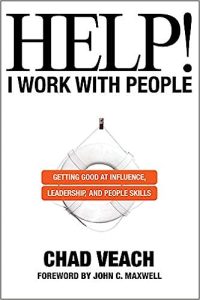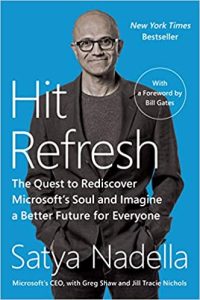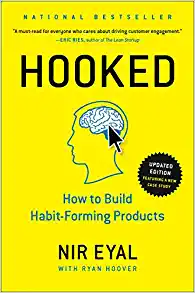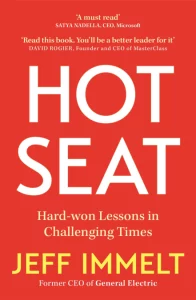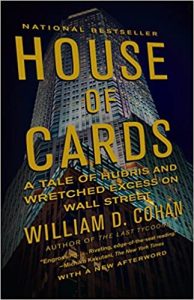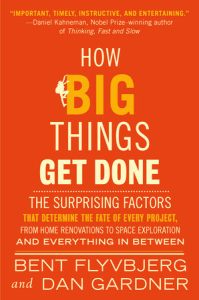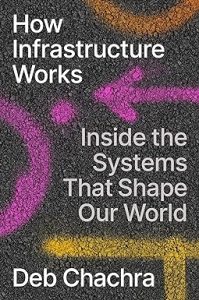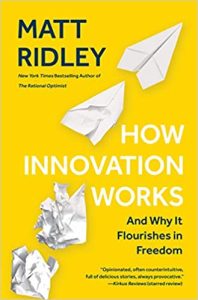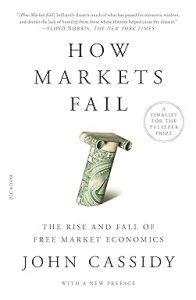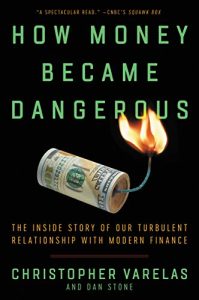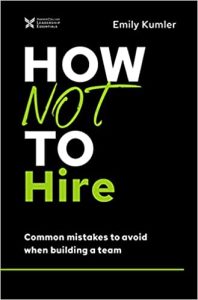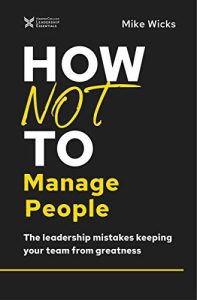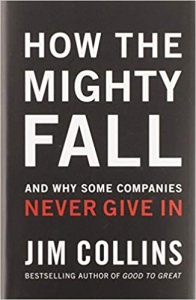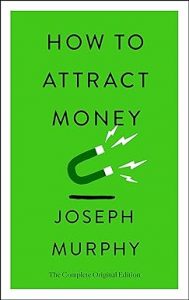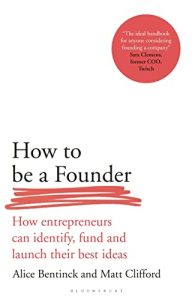Help! I Work With People
₦9,000.00We know leadership isn’t exclusive to corner offices and multimillion-dollar budgets–some of the best leaders are the mentors and technicians who are more comfortable behind the scenes. But what if being an effective leader isn’t just about having innovative ideas and high levels of productivity? What if becoming a great leader is more about prioritizing self-awareness and people skills than production and performance?
Help! I Work with People is not a book about leadership theory, but rather a handbook on how to connect with people and influence them for good.
With his signature transparent and relatable storytelling, Chad Veach uses modern research and biblical principles to encourage you to lean into your leadership potential regardless of your level of influence or experience. In short and easily digestible chapters, he addresses the three phases of becoming a quality leader:
· learning to lead the hardest person you will ever be in charge of–yourself
· recognizing the power of becoming a people person
· creating a culture and environment where the team’s shared vision can grow
People are the most important part of life.
Let’s learn how to lead as if we like each other.

